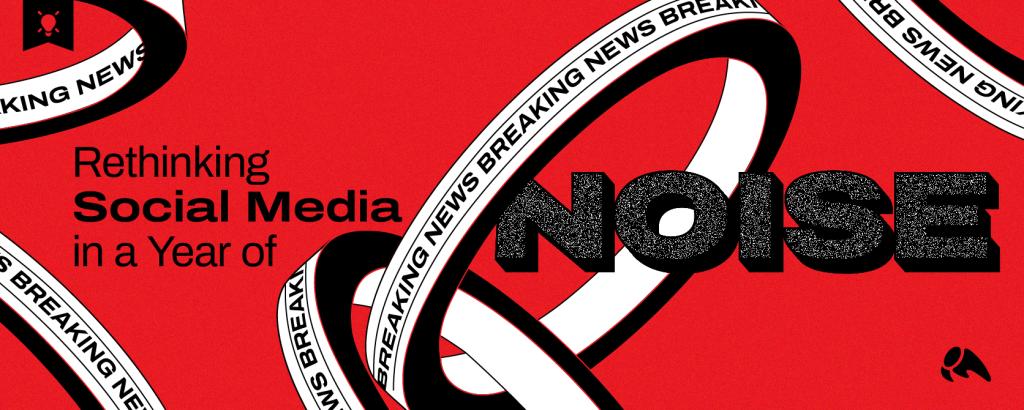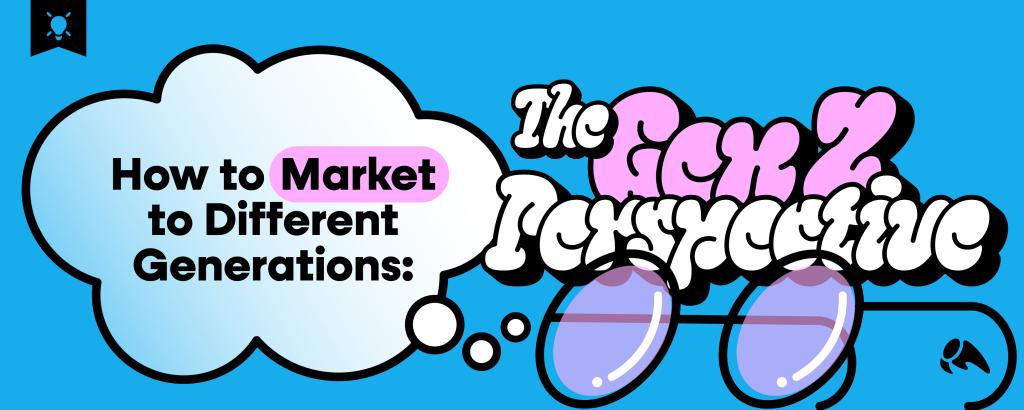
Marketing experts around the world talk about the importance of good branding all the time. For valid reasons – you want to ensure your company, product or self is trustworthy, memorable and ready to provide the solution(s) your customers need. Good branding helps you stay top-of-mind.
But it’s more than just “creating” the brand. It’s living it, too. You can’t define your brand one way if your audiences (customers, clients, employees, etc.) experience it differently. Think about how conversations about brands typically go. It’s not usually “I don’t like the chefs at (Restaurant), their food is bland.” It’s “I don’t like (Restaurant). The waiters are rude.” You, your employees, your products or services and every interaction internally and with the public defines your brand.
So you need experiences with your brand to be positive, if you want people to eat at your Restaurant, shop at your Store, use your Product and, ultimately, become a valued customer of your brand.
But to do so, you need to know your brand’s key points. What’s important to you? What do you value? What do you aim to solve? And – this is critical – everyone within your organization must understand those key points, too.
Getting everyone on the same page isn’t easy, whether you’re a team of 10 or a team of 10,000. Below are some tips for achieving brand consistency internally in order to give the same great brand experience wherever your audience is interacting with you.
Define Your Brand’s Mission – And Agree On It Internally
What is your brand all about? What is your why? Your mission should be owned by everyone in your company. It should empower them to continue to do their jobs, whether that is producing a product, selling a service or checking in on the satisfaction of current and past customers to see how they’re doing. Your mission should be clear.
Unfortunately, you can’t just choose one at whim. Identify the mission that rings most true to everyone. You’re a seller of baby food – are you in the business to feed babies with the healthiest ingredients on the market? At the lowest cost? With the easiest preparation method for moms? Why do you do what you do?
And then, confirm that mission with everyone in your business. See where there’s pushback. See who says, “No, that’s not why I’m in this” or “That’s not why customers buy our product.” They might not be wrong – listen to them. Ultimately, you’ll want to find a mission that all of your stakeholders can get behind. The closer you can get to achieving that goal, the healthier morale internally will be, and the more successful your external interactions will be.
Define Your Voice And Tone
We’ve talked about this before. Are you happy or serious? Edgy or conservative? Are you excited?!?
Your voice and tone are incredibly important when it comes to creating and maintaining a recognizable brand. But that success hinges on consistency. You can’t have a salesperson communicating with one tone, only to have a customer service representative interact with a completely different tone the next day. You can’t be a jokester on Facebook but have no trace of humor on your website.
Your voice and tone have to be defined, and then they have to be understood by all who will speak on behalf of your brand.
When talking to your staff about your brand’s mission, ask them about your brand’s voice, as well. What do they feel your customers are most responsive to? Are they looking for a voice of comfort, a commanding serious voice, or an entertaining voice? Should there be a sense of urgency, or a laid-back feel?
You’ll likely get different opinions, but you’ll have a better understanding of the voice your brand has already established. But don’t assume that means the voice is working for your brand. Speak to external individuals as well, such as former and potential customers, to see what they look for when interacting with a brand such as yours. When doing so, consider the key questions you must answer to find your brand’s voice.
Define Your Visual And Written Style
You have that one sales guy who never remembers your “BrandName” is one word with a capital letter in the middle.
Your technical writer loves the Oxford comma (and, really, commas, in general,) while your blog editor deletes every spare comma she can find.
Your HR director keeps everything in order while still using the old logo and stationery leftover from before you merged with another company and rebranded.
And your sales guy will never, ever use the same font twice when creating sales collateral for new potential clients.
Do any of these sound familiar?
Your brand isn’t just a logo. All of the details matter, too. We understand that you very likely can’t have one person approve every document, every presentation and every brochure leaving the building. You can’t possibly review every document created, regardless of its form.
But you can set rules (or standards), and you can provide your team with the tools necessary to help them follow these rules. Provide your staff when a Brand Style Guide. In it, review topics such as:
- Logo usage rules: Can your logo’s dimensions be changed? Do your designers require a certain border around it, or color behind it? Can your brand’s mark exist without the tagline? Depending on your logo, you may have a number of different standards that dictate how you can and cannot use the brand logo.
- Color palette: Your choice of colors is critical. The colors associated with your brand are key to recognition and memorability. You certainly wouldn’t create a direct mail piece using all of your competitors’ key colors… would you?
- Brand typography guidelines: Choosing the right font (or fonts) is a big part of developing your brand’s voice and tone. Make sure your employees have the fonts they need to create consistent and recognizable pieces, whether postcards, whitepapers, sales one-sheets or any other content piece.
- Company name usage: Do you use your full company name at the first mention in a document and an acronym every time after? Does your brand require a registration mark? Is the capitalization of particular letters necessary (or do you require that your name always be entirely lowercase?). It may seem obvious, but you must make sure everyone else in your company knows exactly how you want your brand name spelled.
- Punctuation, grammar and other writing standards: Maybe you’re a more conservative company dealing with serious matters, so you didn’t appreciate when your last social media post went out with six exclamation points. Or maybe your brand is a stickler for complete sentences. Set standards that can be implemented across all of your communication channels.
By providing your staff with standards you can comfortably assume the majority of your team will implement effectively, you’ll be able to more quickly work with internal staff members whose materials aren’t being appropriately branded.
Achieve Brand Consistency -> Be Recognizable.
You might define your branding, but you have to back your branding, and your entire team must be on-board. The better you can define brand standards, the more clearly you will communicate to the public as a single recognizable business.





